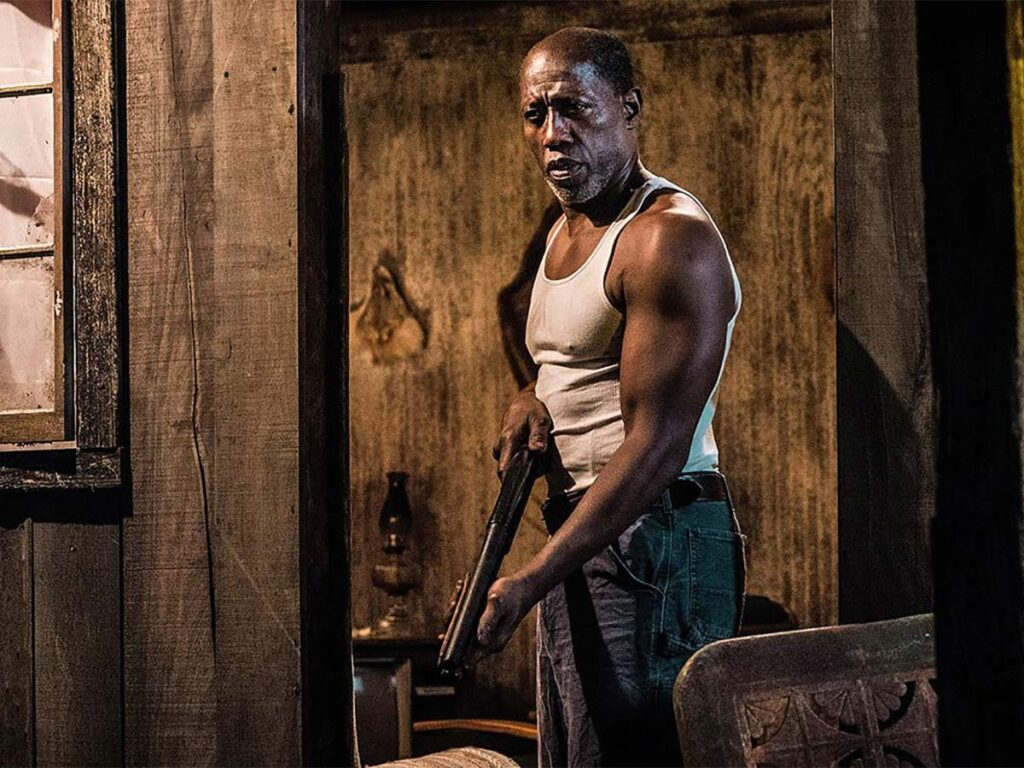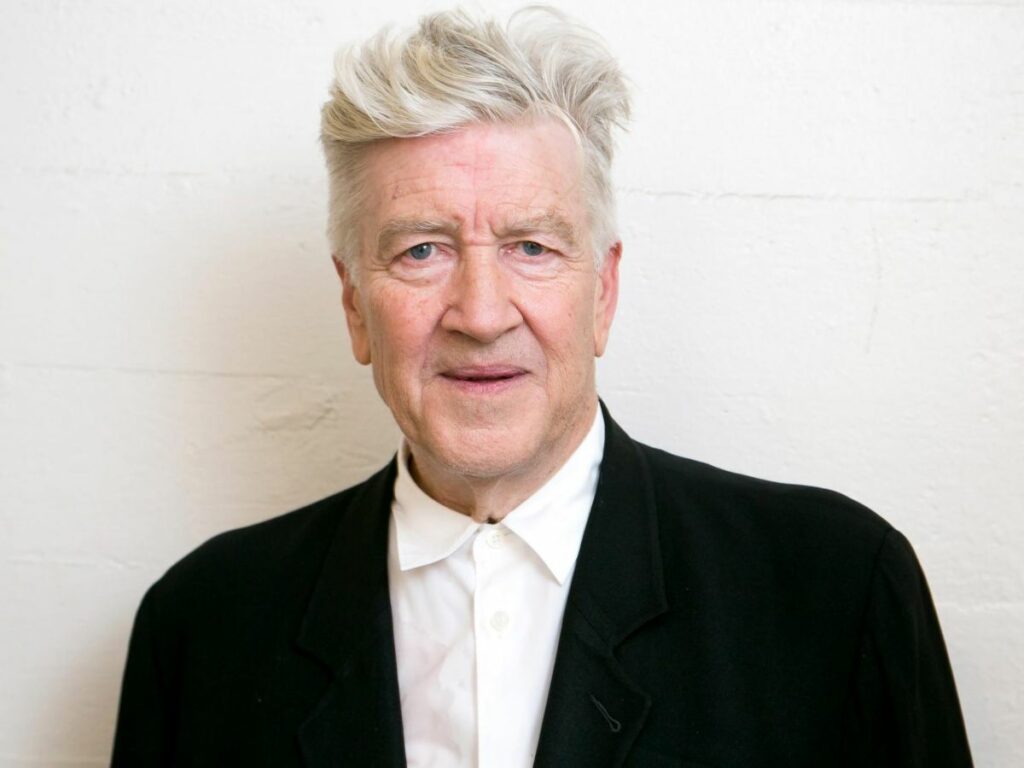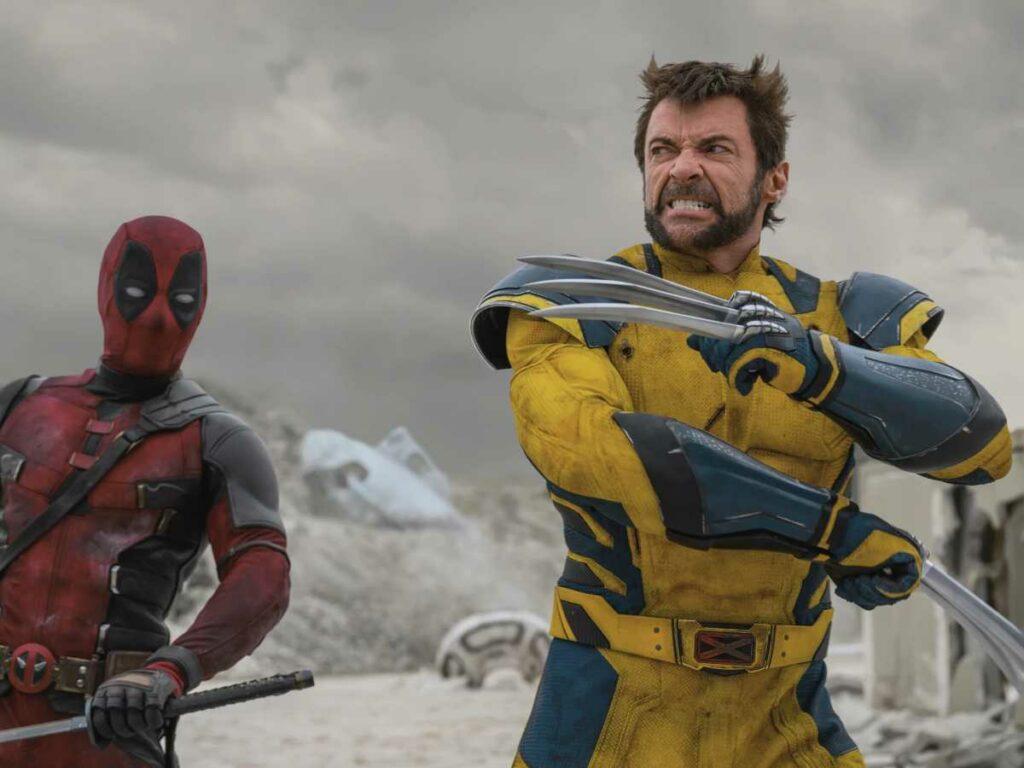Rapper-turned-filmmaker RZA’s Cut Throat City revolves around a group of young African American men in the immediate aftermath of Hurricane Katrina in New Orleans. Dealing with poverty, systemic racism and a failing system, they are drawn into a web of crime and bloodshed. With a frame-within-a-frame narrative and solemn commentary on multigenerational poverty and systemic racism, the film ended on an ambiguous note that left many viewers confused. Let’s take a look and try to break down the ending.
Cut Throat City: The Story So Far
The plot follows four young men — Blink (Shameik Moore), Andre (Denzel Whitaker), Miracle (Demetrius Shipp, Jr) and Junior (Keean Johnson), who work petty jobs and moonlight as drug dealers to make ends meet. To make things worse, they live in the Ninth Ward of the city, which is poverty-stricken and overrun with crime and corruption. Out of these four, Blink acts as the narrator to the audience. In fact, the film opens with his illustration; he is a graphic artist currently working on an illustration called CTC. Cut Throat City.
When Blink’s family are denied FEMA aid, they turn to local crime kingpin Lorenzo Bass. One deal leads to another as debts pile up and the group finds themselves preparing to rob a casino. When the heist is foiled by the police, they initiate a shootout and escape. Andre is killed and the group is threatened by Bass. When they turn to a crime lord, The Saint, for help, Bass is disposed of and there is a tenuous peace. Owing to a series of arrangements between City Councilor Jackson Symms, detective Lucinda Benoit, and The Saint, it looks like the trio can afford to leave a life of crime behind.
However, failing infrastructure and lack of aid leads the trio to commit one last crime. They decide to rob a FEMA office, which goes sideways when a guard is shot. A shoot out ensues and the three men are seemingly killed in a hail of bullets.
However, the ending features Blink’s novel being published, and Miracle appointed as the new overseer of the Ninth Ward. What is true and what isn’t?
Is Blink Dead? What does it mean for the film?
For much of the film, Blink has served as the narrator. It is significant that his meta-narrative within the story is where the film derives its title from. Establishing his dual lives as a narrator as well as a character gives us a sense that he has greater control over our perception of the events, if not the events themselves. This is hinted at in the opening credits, where a highly stylized battle between gangs is revealed to be a scene in his graphic novel. Similarly, before the climactic shootout at the FEMA office, we view Blink in a bout of frantic artistic activity. He is sketching and coloring panels. Now, before we dive into the climax, the film makes a point to visually focus on a pencil that he throws over his shoulder, twice. This serves as an important visual clue, a bookmark, if you will.
It’s crucial that we note the difference as well as the similarities between CTC the film, and CTC within the film, the graphic novel. As a character, Blink might not have control over his fate. But as an illustrator, he can sketch out a happy ending of sorts. So, we can view the FEMA ending as something that happens to all three of them, and the happy ending as the closing of Blink’s CTC graphic novel. I find this theory further bolstered by the fact that Blink’s wife, Demyra and her son seek shelter with his father, Lawrence. A hail of bullets does seem awfully final, after all, and police brutality against black men isn’t all that rare.
The reason I feel this ending makes sense is due to the thematic realism of the film. The visual language that the story employs is not necessarily surreal. If anything, it is a story deeply rooted in reality, with real systemic failures. There is only one way the story could go. The answer also lies in the various genres the film borrows from. It contains motifs from urban dramas and neo noirs, both of which are teeming with morally grey, tragic characters. Using Hurricane Katrina as a backdrop, the film invites us to ask ourselves this question. In what world do a group of young, poor African-American men get a happy ending?
The idea with the dual ending is not so much to confuse the viewer, but have them ponder the inherent inequity and human tragedy that the film depicts. It doesn’t exploit the tragedy itself, rather examines the circumstances which allow for such dereliction and despair.
Two endings: Art and Violence
I previously noted that the two alternate endings represent real life and the graphic novel, where Blink succumbs to crime and death. Conversely, it could also be that Blink forsakes a life of crime, using the FEMA heist to close the novel instead. While this theory might seem like wish fulfillment, the film does lay out a series of hints which create discourse around art, crime and violence. The opening scene of the film begins with the group discussing Blink’s graphic novel, where they critique the real-ness of the violence depicted. His novel has been rejected, and the implicit reason is that it is not relatable enough.
However, the film invites you to entertain the possibility publishing circles influenced by fairly well-to-do upper middle-class individuals won’t find a whole lot to relate with in Blink’s work as a Black artist from a decrepit neighborhood. Thus, by using a violent ending to actually finish his novel, Blink turns the trope of blaxploitation on its head. He ostensibly entertains the notion of characters who engage in heinous crimes, but the narrative does not treat them as subhuman, or stereotypes.
Instead, the film takes the time to delve into the circumstances that cause the characters to behave this way. Notably, after the group has been set free by The Saint, Blink reconnects with his family and throws himself into his art. There is also the visual motif of graffiti and urban art when he thanks Detective Benoit for saving his life by “not completing that sketch”. All of these exchanges hint at him choosing art over crime and violence, thus saving him from a gruesome future.
Ambivalence in the meta-narrative
Ultimately, Cut Throat City presents dual prophecies for the future of the trio. The two endings represent the paths they could take, and how life would turn out to be. As young, poor men of color living in a crime-ridden district, if they turn to a life of more violence, the results likely won’t be pretty. The film is an indictment of a deeply flawed, unfair system that abuses its subjects’ dignity. On the other hand, it also invests in a potential future, relying on art and healing to save the characters from their worst impulses. Second chances and empathy become crucial.
As Blink says in the film:
You know, water can give life and water can take life. But all water has perfect memory, forever trying to return from where it once came. And that’s home.
The characters, just like water, can either be good, or bad. They can be destructive, or creative. But at the end of the day, they are driven by circumstance and the film presents two visions of the future. In a character-driven drama, this choice is particularly effective as it allows the viewer to truly empathize with the character, knowing that their story could have gone differently, for better or worse.
Conclusion
Like all great films, Cut Throat City coyly refuses to make a final pronouncement on what is real and what is not. It allows the viewer the choice to envision an ending for Blink and his friends, using hints and motifs from the film that create a narrative within a narrative. While one may prefer the realistic ending, or the other way around, there is no denying that the film succeeds in capturing the discourse around race, class and marginalized identity, at an extremely timely moment.
Which version resonated with you the most?




